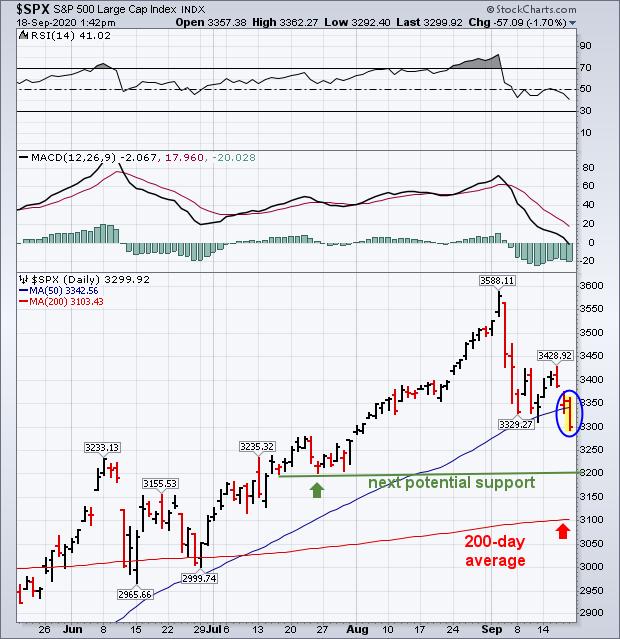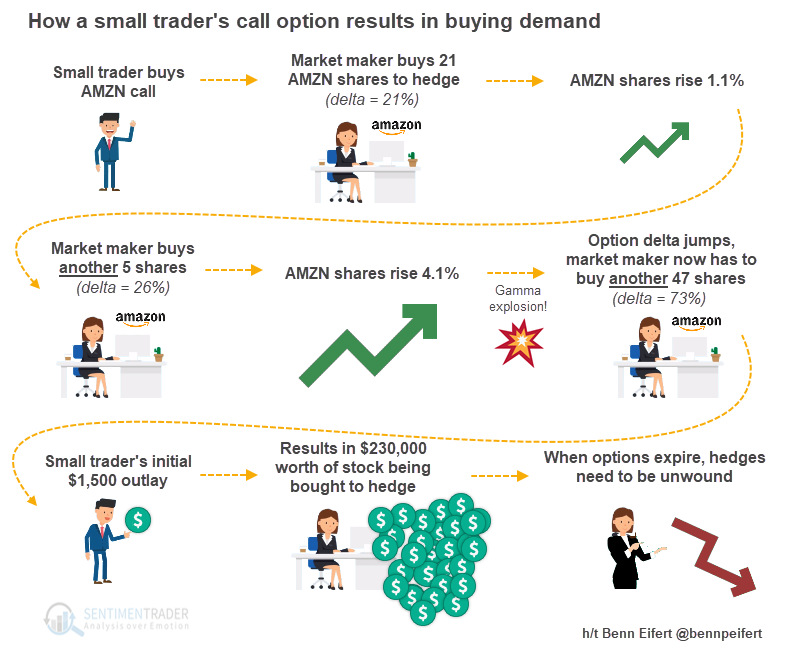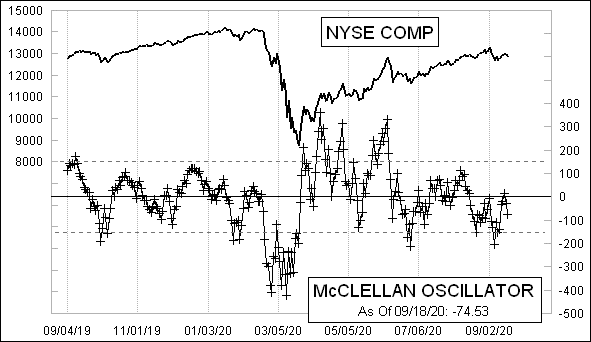This disquiet about the election results—or lack thereof—already is evident in the derivatives markets. Derivatives contracts are essentially insurance policies, so it’s intuitive that buyers would pay higher premiums to protect themselves against higher expected risk.
Even before that, the financial markets are entering their most treacherous season. While these calendar effects are curiosities at best and akin to astrology at worst, they nonetheless attract the attention of some traders. As the relatively new field of behavioral economics recognizes, markets are made up of less-than-rational human beings.
Friday evening marks the beginning of Rosh Hashana, the start of the Jewish High Holidays that conclude with Yom Kippur on Monday, Sept. 28. Wall Street lore holds that it’s best to sell at the beginning and buy after the end of this period, when some of those observing the holidays are out of the market. Even in these days of computer-driven trading, the Stock Trader’s Almanac says that humans still write the programs, run the machines, and feed them money.
“Perhaps it’s Talmudic wisdom, but selling stocks before the eight-day span of the High Holidays has avoided many declines, especially during uncertain times,” the advisory writes in a client note. Going back to 1971, this period has had average and median losses of 0.5%, with 27 losing periods and 22 winning spans.
Newsletter Sign-up
Market Lab
Exclusive data, tables and charts from Barron's Market Lab.
The coming week also includes Sept. 22, marked by a curious confluence of market-moving events, noted by W.D. Gann, a technical analyst. That date usually coincides with the autumnal equinox in the Northern Hemisphere and has also been the date of huge upheavals, especially in the currency markets. In 1931, Britain was forced to go off the gold standard on that date; 54 years later to the day, the United Kingdom had to remove the pound from the European Exchange Rate Mechanism, famously yielding a $1 billion gain to George Soros.
Market watcher Paul Macrae Montgomery pointed to many bouts of market turbulence that he lived through during this time of year, including in 1987, 1989, 1997, and 1998. There also was the financial crisis of 2008. Looking further back, Montgomery recalled Sept. 22 events that served as early warnings of even bigger ones to follow. For instance, the Dow Jones Utility Index peaked on Sept. 22, 1929, ahead of the Great Crash the following month.
October “is a peculiarly dangerous month to speculate in stocks,” Mark Twain famously wrote. That’s especially true in presidential-election years, the Stock Trader’s Almanac finds. Since 1952, the Dow industrials averaged a 0.8% decline in those years, while the S&P 500 index averaged a 0.7% drop. (Twain further observed that July, January, September, April, November, May, March, June, December, August, and February were other dangerous months to be in the market.)
READ MORE UP & DOWN WALL STREET
In Octobers of election years, the market was generally up when the incumbent party won—not surprising, since bull markets tend to favor the party in power. In the 10 incumbent victories since 1944, the S&P 500 advanced seven times, declined twice, and was unchanged once, with an average October gain of 1.4%, the newsletter found. Of the nine times the incumbent was defeated, there were six S&P declines and three increases, for an average drop of 2.1%.
Beyond the calendar, major investors may have to rebalance portfolios, paring stocks after the third-quarter rally, J.P. Morgan notes. That could lead to selling $200 billion of equities by U.S. pension funds, the Norwegian oil fund, and the Japanese government pension fund. This rebalancing, the biggest since the pandemic began, could be especially disruptive in view of the reduced stock market depth the bank sees.
And since this is 2020, who knows what else could possibly happen?
Write to Randall W. Forsyth at randall.forsyth@barrons.com

















